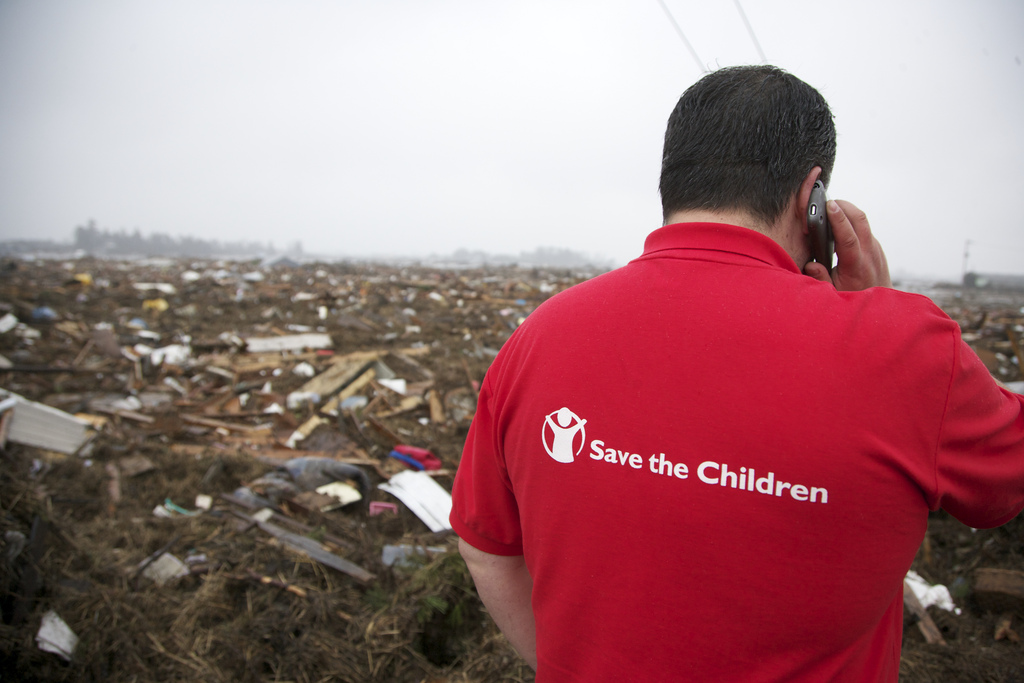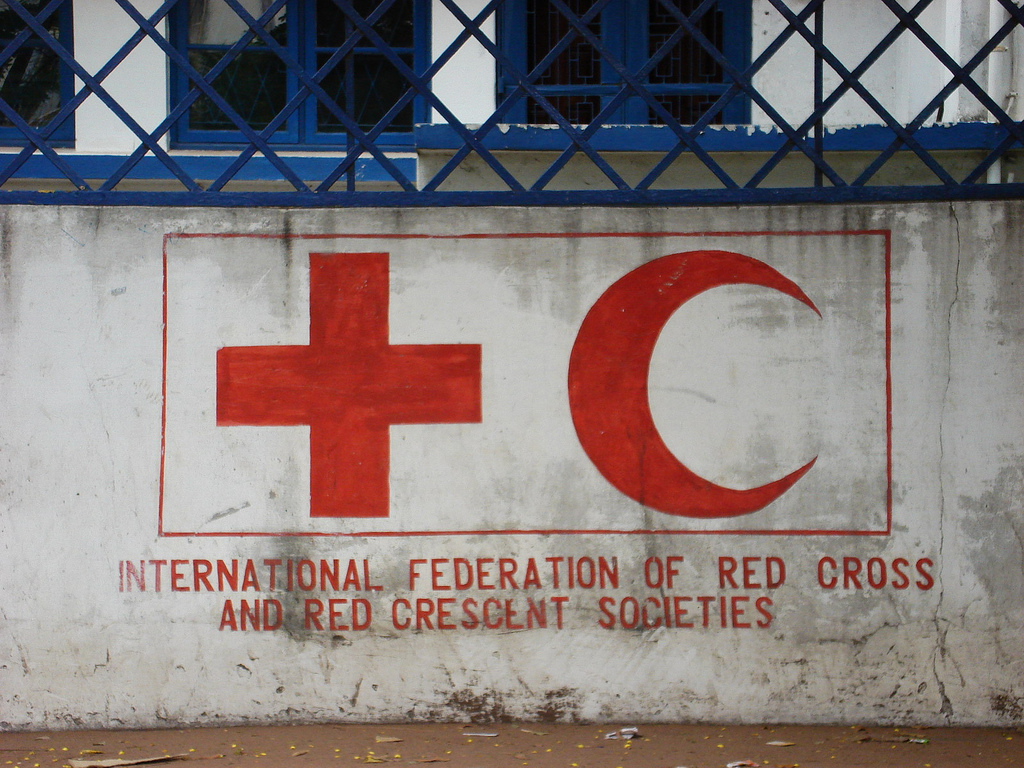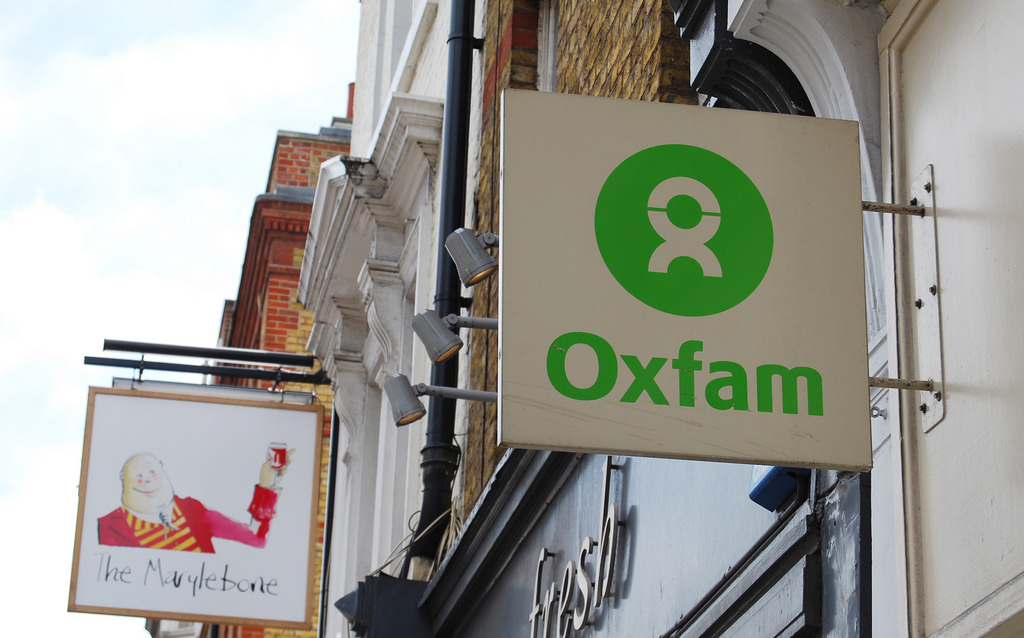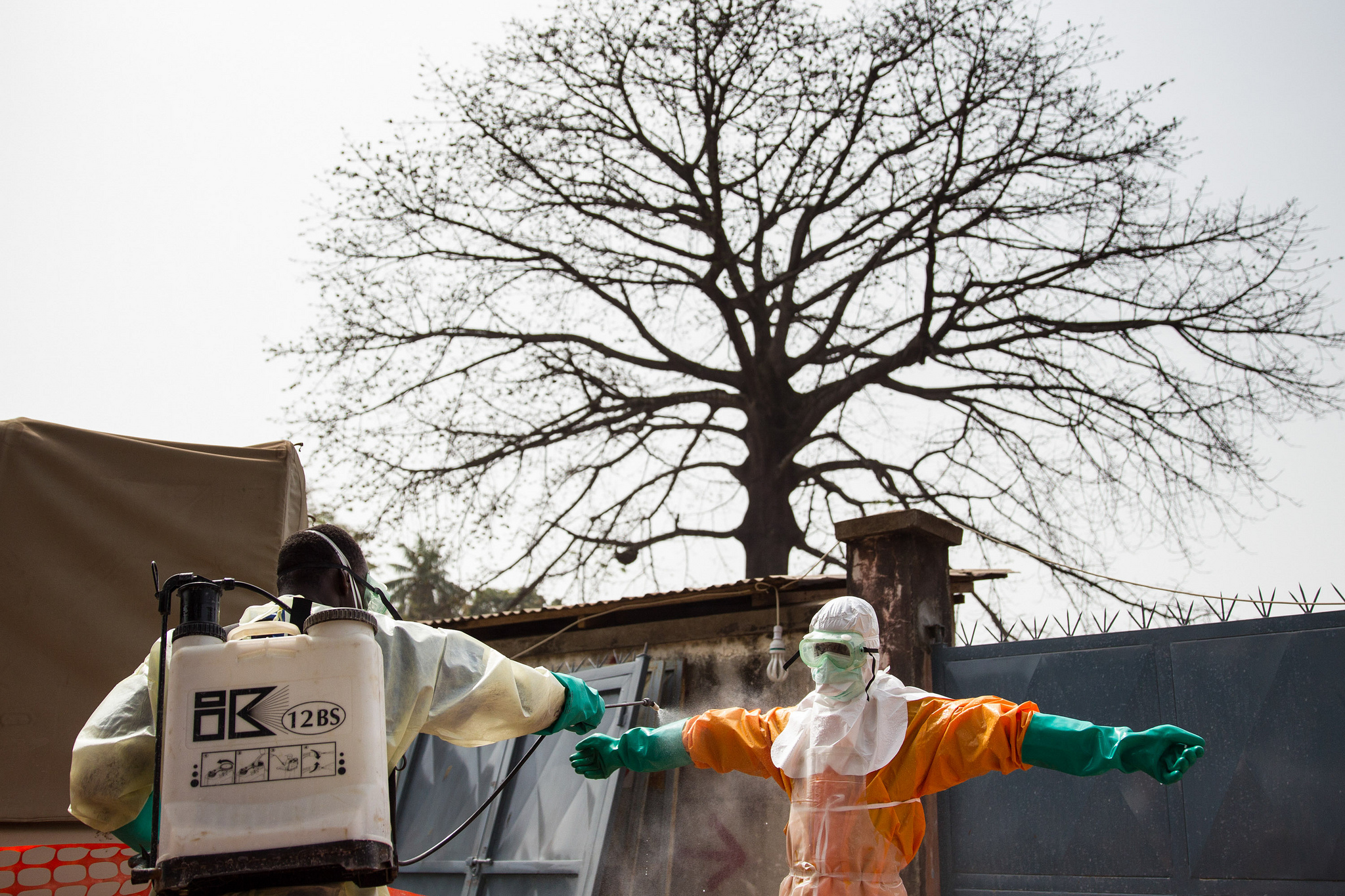Today is World Humanitarian Day – an annual reminder of the need to act to alleviate poverty and suffering around the world.
More than 130 million people around the world need humanitarian assistance to survive. World Humanitarian Day honours humanitarian workers and volunteers on the frontlines of crises: “dedicated women and men who brave danger to help others at far greater risk“.
This post is a quick introduction to 5 humanitarian organisations operating around the world which work to save lives and improve standards of living. It is a non-exhaustive list, so please feel free to give details of other humanitarian and aid organisations in the comments.
Save The Children

Save The Children began as the ‘Save The Children Fund’ in 1919, founded by Eglantyne Jebb. She and her sister had been working to spread information about the number of children starving in Europe after the first World War. In the 1920s, the ‘Save The Children Fund’ supplied food to those struggling in Europe, but the scope of the organisation quickly expanded. Today, Save The Children works to protect children in 120 countries – providing food and clothing, supporting children’s education and working to promote children’s rights.
Fun fact: Eglantyne Jebb drafted the forerunner of the Convention on the Rights of the Child in 1923.
The Red Cross

The International Committee of the Red Cross (ICRC) was founded in 1863 in order to provide protection and assistance for people affected by armed conflict. For example, the ICRC assists people in war-torn territories by providing health care, addressing sexual violence, protecting civilians from conflict and facilitating diplomacy. The ICRC has recently been focusing on Syria, where the ICRC has provided clean water, food and essential household supplies in addition to transporting vaccines and providing health care services.
The British Red Cross Society is the UK branch of the International Red Cross and Red Crescent Movement, of which the ICRC is one part. The British Red Cross was set up in 1870, seven years after the formation of the international movement. The British Red Cross operates an emergency response service to assist national authorities in times of crisis.
Fun fact: In 1921, the Red Cross ran the first blood donation scheme in the UK, which it supported until 1987.
Oxfam

Oxfam is a confederation of charities that work towards reducing global poverty – both by directly assisting people living in poverty and by addressing the structural causes of poverty and injustice. Oxfam provides access to water, food and medicine, but ultimately aims to help people to become self-supporting. Oxfam also has an ongoing campaign in the UK, aiming to help the 13 million people in poverty here.
Fun fact: All countries in which Oxfam operates were represented at the London 2012 Olympics – and Equestrian Team GB medallist Mary King donated one of her Team GB shirts to Oxfam for fundraising.
Doctors Without Borders

Doctors Without Borders (or Medicins Sans Frontières) is an organisation which provides medical assistance across the world. The organisation was set up in 1971 by French doctors who previously had been volunteering with the ICRC. These founders gathered 300 volunteer staff, mostly doctors and nurses, who each agreed that all people have the right to medical care. Doctors Without Borders works in over 60 countries, including natural disaster zones, conflict areas and refugee camps.
Fun fact: In 1999, Doctors Without Borders was awarded the Nobel Peace Prize “in recognition of the organisation’s pioneering humanitarian work on several continents”.
Cooperative for Assistance and Relief Everywhere (CARE)
Cooperative for Assistance and Relief Everywhere is commonly known simply as CARE. It provides emergency relief as well as working on 880 development projects in 90 countries. These projects aim to tackle food insecurity, water and sanitation issues, poor health and access to education. Within their projects, CARE also promote gender equality. In 1991, CARE developed a model called the “Village Savings and Loans Associations” (VSLAs) which was an early form of microfinance (a source of financial services for small businesses which lack access to banking). Since this model was developed, lots of other organisations have run similar projects based on the VSLAs model.
Funfact: Heard of care packages? The phrase “Care Package” was coined and trademarked by CARE, as it was the original way their food parcels were sent in 1945.
Each day, humanitarian workers and volunteers brave war, disaster and terrible danger to give aid to those who need it most. This year’s World Humanitarian Day theme is “One Humanity”, in the hope to unite people in solidarity and to drive people to advocate for humanitarian action.
Read more about humanitarianism and its relationship with human rights with our explainer. Learn more about your human rights here.






